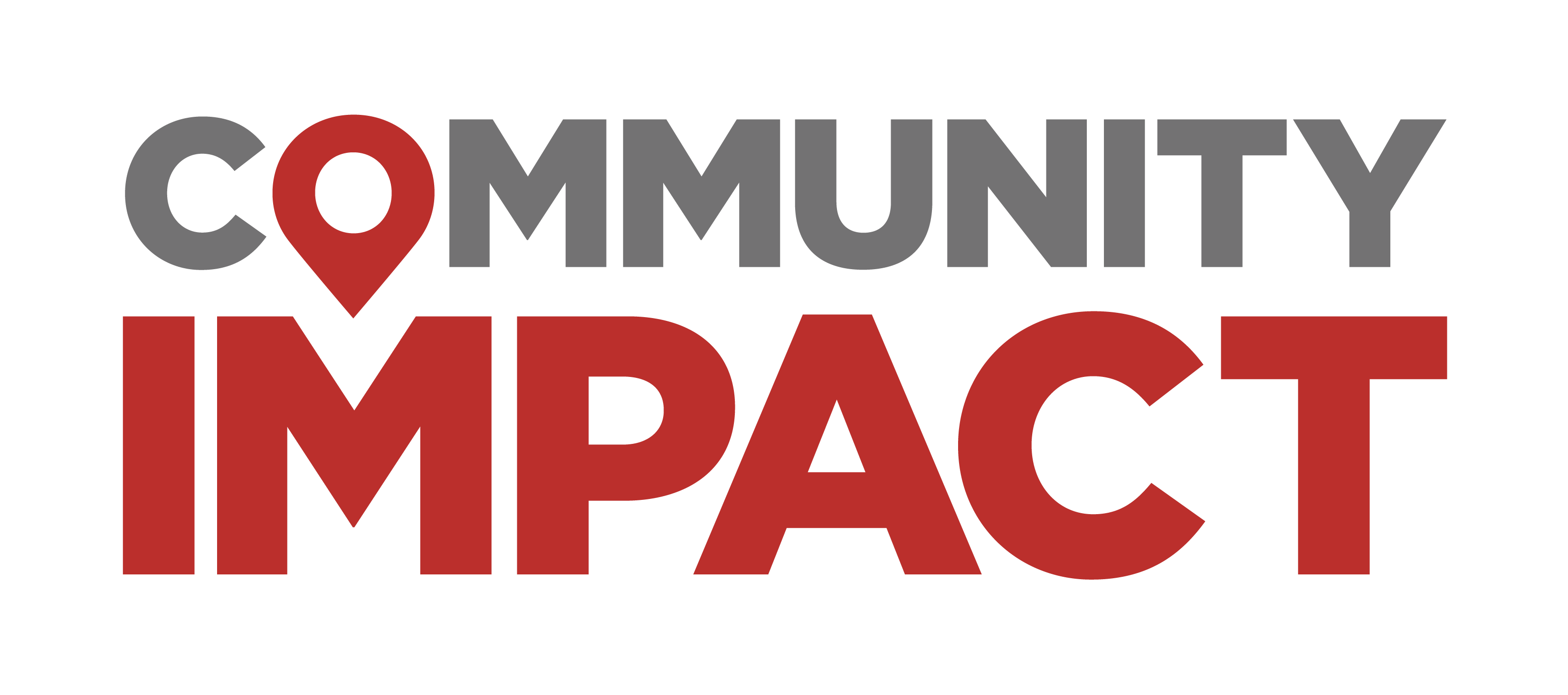While both storms hit the Greater Houston area over a year ago, federal reports and expert research show many residents are still rebuilding their homes and lives as a result of their impact.
At a glance
The funding comes from a federal grant program, known as the Community Development Block Grant for Disaster Recovery, that helps cities, counties and states recover from presidentially declared disasters.
City officials submitted the CDBG-DR plan to HUD on Sept. 18 after months of resident feedback and City Council debate about funding allocations. HUD had 45 days to review the plan, a city spokesperson told Community Impact on Oct. 3, but as of press time the city is still waiting on final approval.
Houston began drafting the plan in May, with a final version approved by council in August. The plan allocates $100 million to housing programs and $101 million to power generation resilience, such as additional backup generators, as well as funding for emergency response, homeless services and debris removal, according to city documents.Zooming in
According to an October report from the Kinder Institute for Urban Research, 12.5% of residents surveyed one year after Hurricane Beryl were still “somewhat or very disrupted” from the storm. Dan Potter, lead researcher of the survey, said the number seems small but represents thousands of Houston residents.
“There’s that bill that’s always lingering, there’s that repair that’s not quite done yet,” Potter said. “While we’re talking about physical and financial things, there are emotional components to it.”
Almost a third of the now-approved plan is dedicated to housing, including home repair assistance. However, the original draft did not include funding for housing programs, which sparked backlash from some residents and council members, as an April HUD assessment showed housing costs were Houston’s top unmet need.
“Many residents, especially in working-class neighborhoods like mine in District E, are still facing unsafe living conditions, including unresolved housing damages with little to no support,” Letty Ortega, a community organizer in Houston, said at a June 17 City Council meeting.
In response to resident concerns, Mayor John Whitmire’s administration decided to reallocate $50 million toward housing, and council member Tiffany Thomas later submitted an amendment to reallocate an additional $50 million from the power resilience program to housing.
After officials opted for the change, council members Fred Flickinger, Amy Peck and Mary Nan Huffman dissented. In a joint statement to Community Impact on Oct. 16, the trio said they felt the reallocation could “undermine other critical recovery tools.”
Another detail
Potter said his team saw a “surprising” uptick in survey respondents who still felt disrupted by Hurricane Beryl after six months, which he expected to trend down with time.
He said the response was likely due to lower-income residents not typically being able to pay off thousands of dollars of bills within a month.
Potter said the Kinder Institute is getting ready to launch another follow up to the survey to get a better sense of the specific financial and emotional struggles residents are still facing 18 months after Hurricane Beryl.
What they're saying
Thomas told Community Impact the initial move to not fund housing programs felt like a “sharp pivot” from the city’s mission to maintain Houston’s image as an affordable city.
“We had an opportunity to strike and do something to address existing [housing] inventory because if we don’t repair these homes, it becomes a blight in our neighborhood,” Thomas said.
However, in their statement, Flickinger, Peck and Huffman said $100 million won’t be able to support that many home repairs, making it a large expense for only a small number of residents. The council members also said the multifamily housing program would essentially pay for apartment complexes’ remodels instead of preparing people for future storms.
“We could stretch these dollars further and help more people,” the joint statement read. “Until those changes are made, pouring in more money only perpetuates inefficiency.”
The local impact
While waiting on federal aid, some residents turned to local nonprofits for support with repairs. West Street Recovery, a Houston-based recovery nonprofit, spent almost $1 million repairing homes last year, WSR co-Director Ben Hirsch said.
Hirsch said it’s important to fund public infrastructure, but CDBG-DR program money should be used for recovery specifically, not mitigation. He said the city should use HUD’s separate grant program that funds investments in critical infrastructure to reduce the risk of future loss.
“If you don’t repair homes, what happens is those people all get pushed into the rental market, and all of our rents go up,” Hirsch said.
According to the program’s documents, HUD also awarded Harris County and the state of Texas disaster aid funding for the 2024 storms. The Texas General Land Office will also funnel the aid to Fort Bend and Montgomery counties, according to TGLO.Looking forward
While Houston is still waiting on a final sign off from the federal government, Thomas said the city is ready to "hit the street" with the funds. She said officials have been working proactively with contractors and the housing department to roll out programs as soon as possible.





